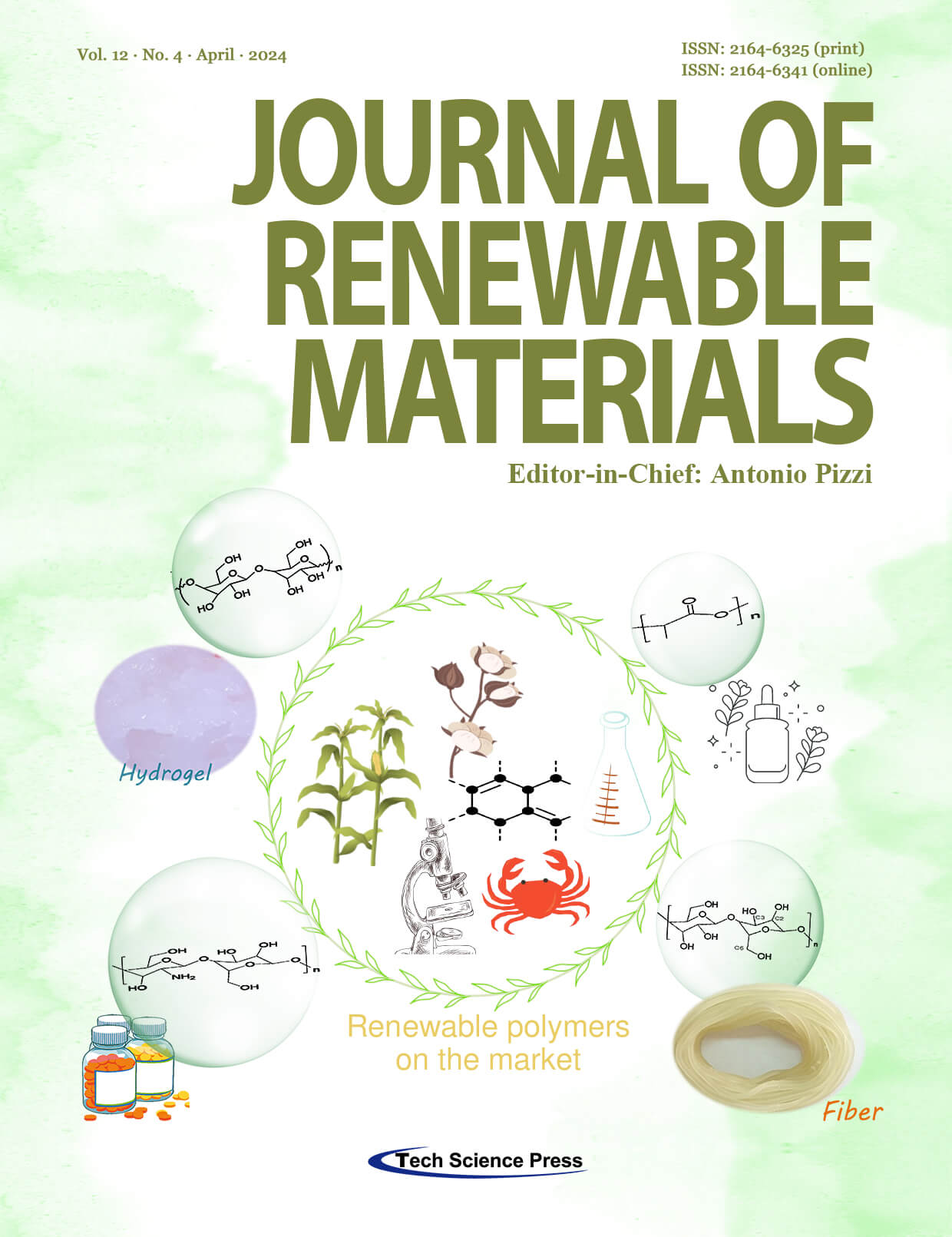Application of Plant-Based Coagulants and Their Mechanisms in Water Treatment: A Review
Abderrezzaq Benalia1,2,*, Kerroum Derbal2, Zahra Amrouci2,3, Ouiem Baatache2, Amel Khalfaoui4, Antonio Pizzi5,*
Journal of Renewable Materials, Vol.12, No.4, pp. 667-698, 2024, DOI:10.32604/jrm.2024.048306
- 12 June 2024
(This article belongs to the Special Issue: Special Issue in Celebration of JRM 10 Years)
Abstract This review describes the mechanisms of natural coagulants. It provides a good understanding of the two key processes of coagulation-flocculation: adsorption and charge neutralization, as well as adsorption and bridging. Various factors have influence the coagulation/flocculation process, including the effect of pH, coagulant dosage, coagulant type, temperature, initial turbidity, coagulation speed, flocculation speed, coagulation and flocculation time, settling time, colloidal particles, zeta potential, the effects of humic acids, and extraction density are explained. The bio-coagulants derived from plants are outlined. The impact of organic coagulants on water quality, focusing on their effects on the physicochemical… More >
Graphic Abstract
